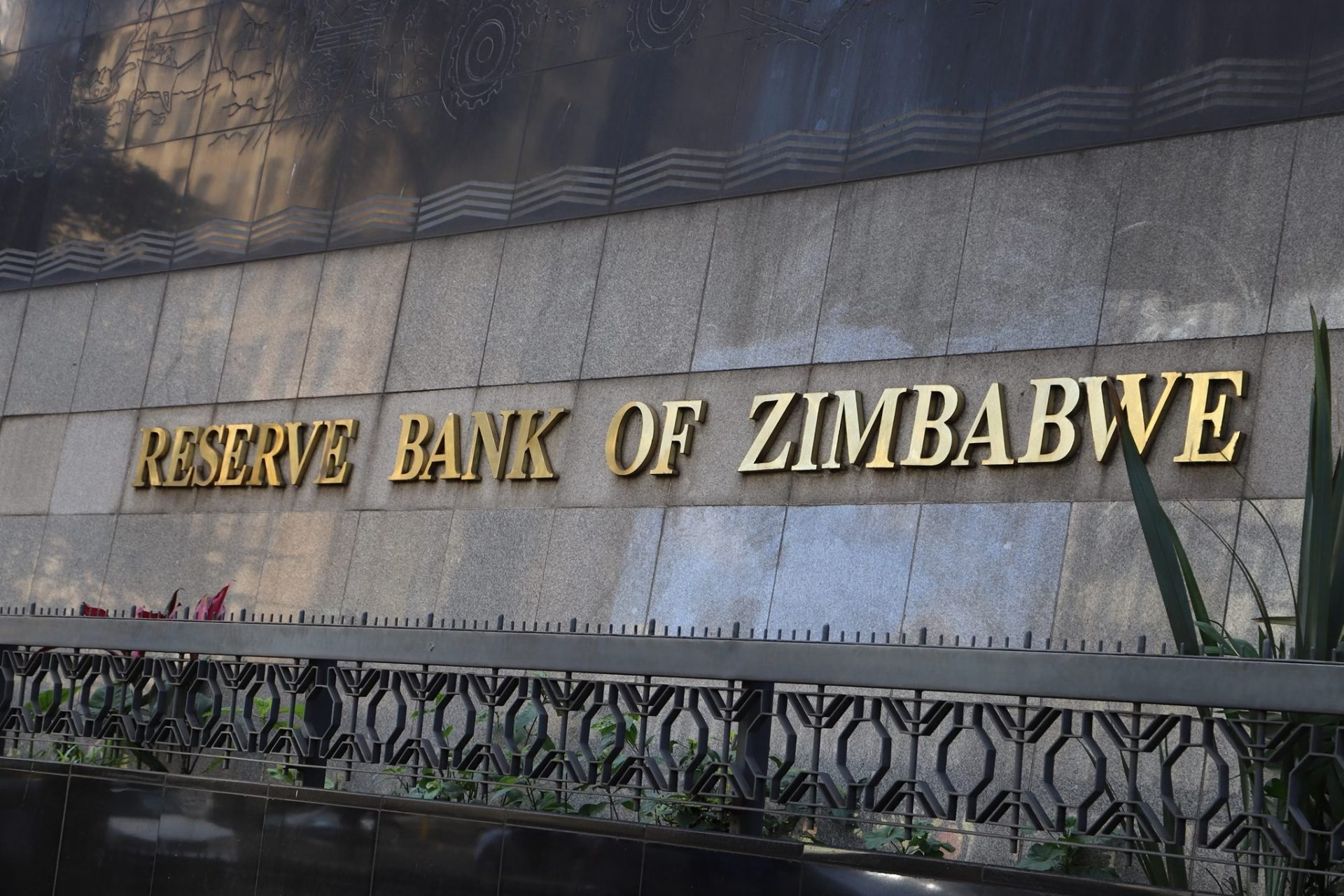
By Aldridge Dzvene
Zimbabwe’s long road to arrears clearance and debt resolution has taken a decisive step forward, with Treasury confirming payments of over US$170 million to external creditors in the first half of this year, a move analysts say is rebuilding confidence, unlocking global goodwill, and clearing the runway for fresh development financing.
The payments, directed towards legacy debts, multilateral global bank loans, and obligations to development partners, are more than just figures on a ledger. They are the tangible proof of a government determined to match policy with action, and to show the world that Zimbabwe honours its commitments. Treasury says these repayments are crucial for opening new avenues to fund National Development Strategy 2 (NDS2) projects, from infrastructure to energy, agriculture, and social services.
This momentum is anchored in the Structured Dialogue Platform launched in December 2022 by His Excellency Dr. E.D. Mnangagwa, bringing creditors and development partners into regular engagement with government on arrears clearance and debt resolution. The platform has provided a forum for transparency, confidence building, and problem solving, replacing stalemate with structured conversation.
Experts agree that these repayments send a strong signal. “The clearance agenda fosters relations between Zimbabwe and its external creditors. It speaks volumes about the commitment to pay, the hallmark of restoring relationships at a time when Treasury is mobilising resources to scale up projects across the country,” said Professor Albert Makochekanwa, Director of the University of Zimbabwe Business School.
Development economist Dr. Prosper Chitambara described the payments as a “positive signal to the global community” and a critical step in the Second Republic’s engagement and re-engagement strategy. Since 2022, token payments have been made in a carefully balanced approach that weighs available resources against existing obligations, a strategy aimed at chipping away at the debt burden without derailing domestic development goals.
As at December 2024, Zimbabwe’s total debt stock stood at over US$20 billion. While the journey to full clearance is long, the first six months of 2025 have demonstrated not only fiscal discipline but also the political will to stay the course.
The stakes are high, honouring debts could unlock access to concessional financing, open the door to major infrastructure investments, and re-position Zimbabwe in global capital markets. In a global environment where credibility is the ultimate currency, Zimbabwe’s message is clear, the country is paying its way back into the community of credible borrowers, one instalment at a time.




